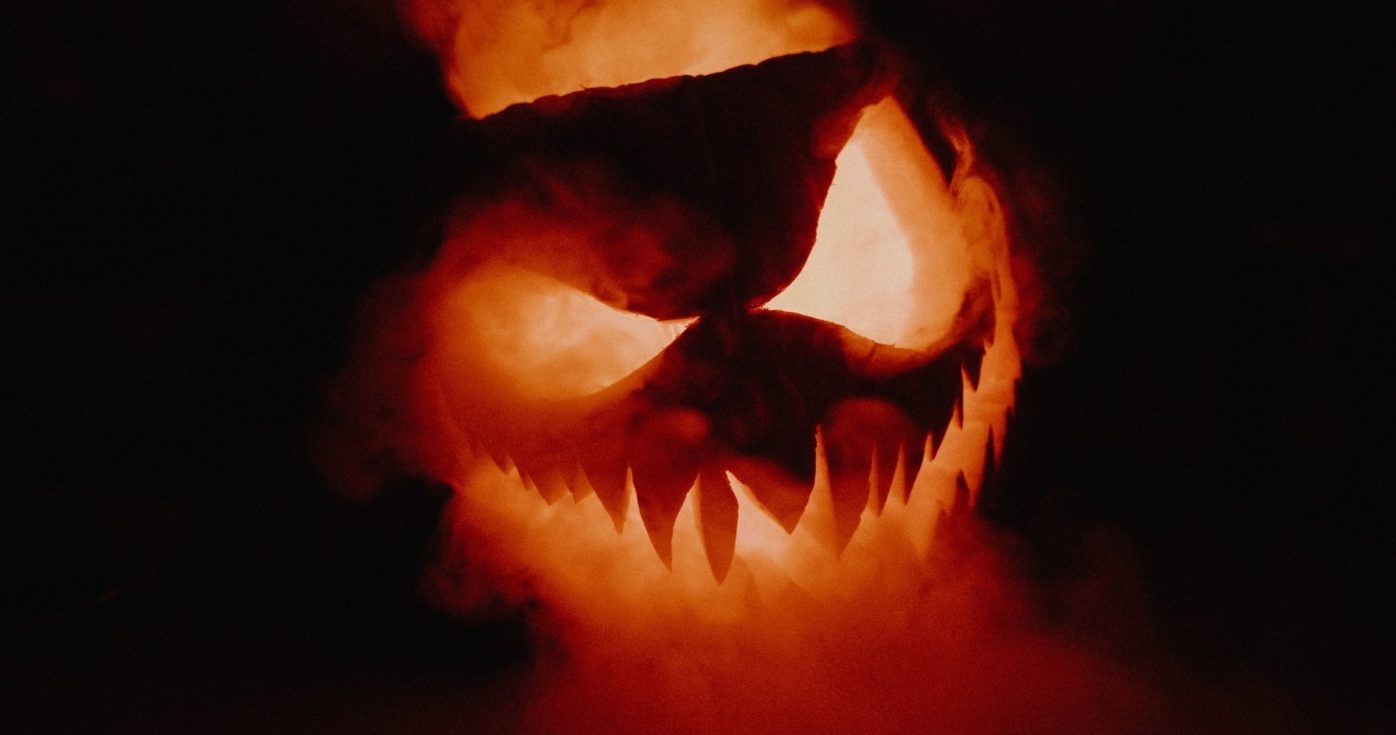From page to scream: do horror books make good films?
When browsing through Netflix’s seemingly endless catalogue of ‘scary films’, it is easy to forget how some of the genre’s most acclaimed offerings originate from the twisted minds of budding novelists.
It is books like The Exorcist and Rosemary’s Baby which terrified a nation in their cinematic forms, whilst The Silence of the Lambs defied expectations by scoring Oscar gold when it was translated onto the silver screen. Yet in today’s popcorn culture, oversaturated by jump scares and gory slashers, it is debatable whether the horror novel can be safely transported into film and survive, intact and unscathed.
There are many advantages to consider when converting a horror from page to screen. The additional creative tools available to the director (for example, audio, lighting and special effects) provide innovative ways to create an unsettling mise-en scène. Accessibility and popularity of film in comparison to literature brings the author’s original story to a whole new audience. Stephen King’s Misery stands out as a terrifying example – the constrained perspective of the film’s helpless protagonist maintains the inescapable tension and claustrophobia which kept readers glued to the source material.
We only need to look at the constant rehashing of Frankenstein to see the diluting effects of the filmic adaptation
Nevertheless, using cinema to present a written narrative does have its disadvantages. The costly nature of the filmmaking process can lead to the original story being altered to suit the project’s budget and marketing. The consequent limitations placed on the narrative’s presentation hinders the director’s capacity to build suspense and, in some cases, prevents a loyal retelling.
We only need to look at the constant rehashing of Frankenstein to see the diluting effects of the filmic adaptation. The impact of Shelley’s literary classic on pop culture is undeniable, combining its reader’s rational concerns about their own changing society with their irrational fears of the monster in the darkness to create a disturbing reading experience. However, with each remake churned out of the Hollywood machine, the narrative’s premise, once a terrifying critique of the rapidly approaching modern age, exists as a cheap thrill produced to put bums on seats. With this in mind, recent entries such as I, Frankenstein (2014) and Victor Frankenstein (2015) appear as mere shadows of the original novel.
Perhaps it is Stanley Kubrick’s reimagining of The Shining that presented a possible reconciliation between these two extremes. The directorial liberties taken with the plot, characters and ending were accused of altering the narrative beyond description, most notably by Stephen King, who distanced himself from the project.
Kubrick proved that the horror film does not have to be a loyal replication of the original novel, but a respectful reimagining of the source material
I, for one, was disappointed that the hedge animals which stalked the Torrances throughout the novel, terrifying me on my initial reading, failed to make an appearance. However, King’s self-directed 1997 adaptation, which remained completely faithful to the original text, proved that some narratives just cannot be translated effectively onto film. The movie’s constant internal dialogue ground the plot to a halt, whilst the hedge animals, more comedic than formidable in their CGI form, removed any immersion King had established across its lengthy 273-minute runtime.
With this comparison in mind, Kubrick proved that the horror film does not have to be a loyal replication of the original novel, but a respectful reimagining of the source material. Many films have followed in The Shining’s footsteps. The latest adaptation of Susan Hill’s The Woman in Black (2012) satisfied new and old audiences alike in spite of its changed ending, whilst Netflix’s adaptation of The Haunting of Hill House (2018) succeeds with a loose reimagining of Shirley Jackson’s classic.
In short, when produced with care, the adaptation does not imitate the film in perfect likeness but, like the vocal storyteller, ensures the longevity of the narrative itself by building upon it with each recital. In this way, the ghost story lives on.

Comments
Comments are closed here.